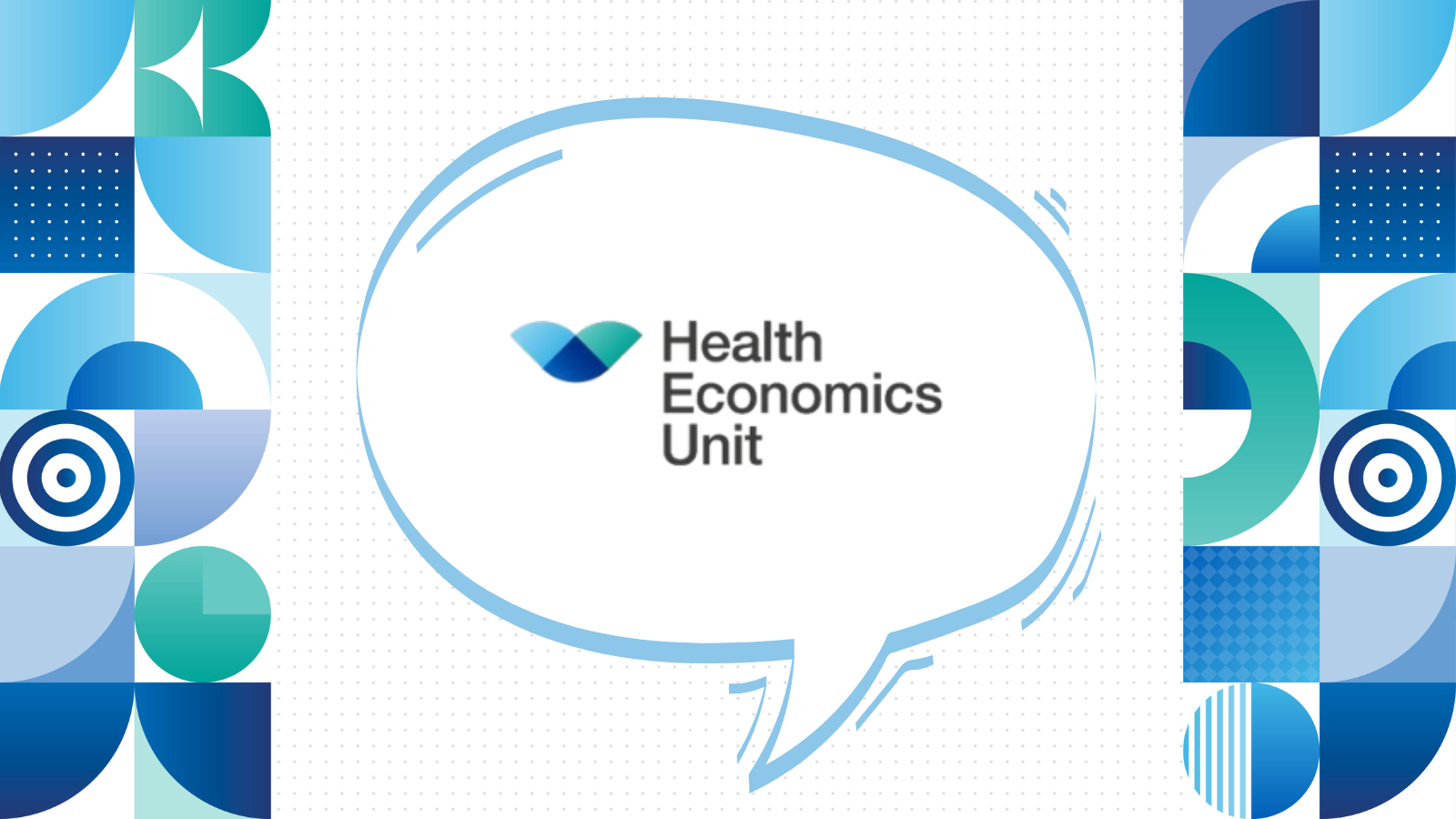Professor Gwyn Bevan has been instrumental in the development of the STAR (Socio-technical allocation of resource) approach to allocative efficiency. Health Economics Unit (HEU) director Andi Orlowski recently had the pleasure of hosting a talk with Professor Bevan where he shared more information on how to use STAR in making the most impactful decisions about resource allocation.
Gwyn Bevan is Emeritus Professor of Policy Analysis in the Department of Management at the London School of Economics and somewhat of a legend in the health economics industry. So, I was thrilled to speak to him earlier in the summer and pose a few questions about the STAR approach and how we can use it to make resource allocation decisions that help us make the most of the resources we have.
What is STAR?
In a nutshell, STAR is about taking a common-sense approach to working out how we can move resources around to create more value without spending more. It brings together, for each element within a care pathway, total costs and value to patients (in estimated quality of adjusted life years, or QALYs).
Gwyn talked about how we can present this visually in a simple triangle model, which makes it really easy to see which parts of a pathway deliver the best value for money. An intervention with good value for money will have a triangle with a steep slope, which represents high value at low cost; and one with poor value for money will have a slope close to horizontal, which represents low value at high cost.
How can we estimate quality of life?
While we have good access to information on costs, we know little about the benefits to patients of interventions. That is why Gwyn highlighted the importance of understanding these benefits. In STAR, this is done by estimating Quality-Adjusted Life Years (QALYs).
The first step is to estimate quality of life. “Typically,” Gwyn said, “we measure this on a scale of zero to 100, where zero is dead and 100 is a perfect quality of life.” When he was working with people with bipolar disorder, Gwyn said they were able, in discussion, to identify three different estimates of quality of life. Without treatment, people with this condition are known to commit suicide. So, they agreed that state ought to have zero quality of life. With drug therapy, they estimated quality of life would increase to around 40. For them, however, their experience of effective psychological management was transformational, as this meant that they felt they were in control of their lives, and they estimated this increased their quality of life to 80 or more.
To estimate QALYs, for an intervention, we need to think about the typical patient and work out the trajectories of quality of life both with and without treatment, over time.
Practical steps to applying STAR
So, now we know what STAR is, but how can we apply it in practice? Gwyn suggested that the steps should include:
- Initial identification of the key interventions on the chosen care pathway
- Identifying stakeholders, including patients, GPs, nurses, carers, hospital doctors, managers, finance staff (in the NHS, voluntary or private sectors, or local government). Gwyn stressed that “it is incredibly important to involve patients in the process to make sure the estimates include what matters to them, rather than rely on clinical outcomes, and take into account their experiences of the different interventions on the care pathway”
- Finding two afternoons for everyone involved in the pathway to meet. Gwyn said, “we find that this is often the first time everyone involved in a care pathway will be sat in the same room at the same time”
- In the first meeting, explaining what STAR is about; and reviewing the initial identification of key interventions on the chosen care pathway, to agree the final set to be included in the second meeting
- For each intervention in the final set, estimating its costs and numbers treated and numbers who benefit
- In the second meeting, dividing into groups to estimate QALYs for each intervention, adding these to estimates of its costs and numbers treated and numbers who benefit
- Discussing the output from STAR, including sensitivity analysis, and agreeing on next steps to improve value by reallocating resources within the care pathway
Crucially, Gwyn closed the talk by emphasising that we shouldn’t worry too much about exact costs or putting in huge amounts of technical effort to estimate QALY – for him, it is all about ‘orders of magnitude’ in the first instance.
“We only want to consider the effort of reallocating resources where we can move them from interventions that cost a lot for little value, to those with potential for substantial gains in value at low cost. These differences ought to be clear with only approximate estimates” he added.
Sharing knowledge across professions
At the Health Economic Unit, we are passionate about helping incredible people like Gwyn share their expertise and we love nothing more than bringing different groups together to learn from one another.
Gwyn’s talk was arranged in collaboration with London School of Economics, the Strategy Unit, Northamptonshire Health and Care Partnership (NHCP) and Midlands and Lancashire Commissioning Support Unit (MLCSU) and attended by people from different professions right across the health and care sector.
Nisha Patel who took part on behalf of NHCP said: “It was an experience that has opened my eyes to a new world if I am completely honest. We have been involved through a series of webinars to increase local awareness and skills for Population Health Management strategy and the sessions proved to be hugely informative and engaging. The concept is so interesting, and I only hope I can learn more about how it can be applied to the work NHCP does to improve services for patients”.
To find out more about how the Health Economics Unit can support you with applying STAR to your care pathways, get in touch with our team today.
Author: Andi Orlowski

Andi gets excited about all the latest developments in population health analytics, especially allocative efficiency. He is proud of the awesome work we do in the HEU to help our partners plan ahead and stay on the cutting edge of healthcare
